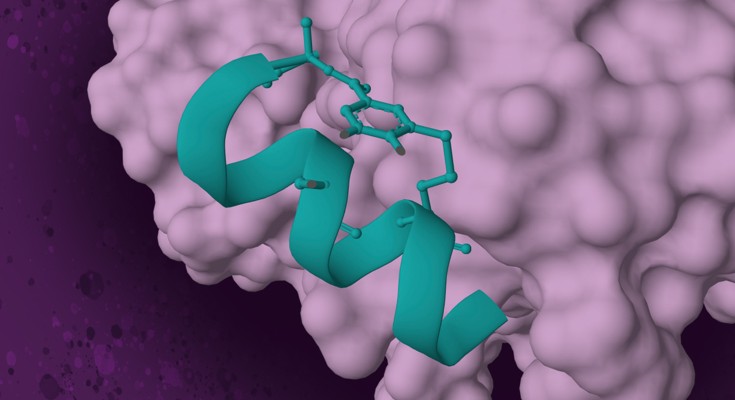
Constraining conformation
Peptide stapling improves stability and enhances binding. Non-symmetric stapling greatly expands the applicability of the approach, but introduces challenges of chemoselectivity and site-selectivity.

Peptide stapling improves stability and enhances binding. Non-symmetric stapling greatly expands the applicability of the approach, but introduces challenges of chemoselectivity and site-selectivity.

Reversing the intuitive order of reactivity of functional groups provides new synthetic strategies and enables utilization of chemical feedstocks, such as plastic waste, carbon dioxide and biomass. This Review highlights the chemoselective reduction of carbonyl compounds with a counterintuitive reactivity order.
